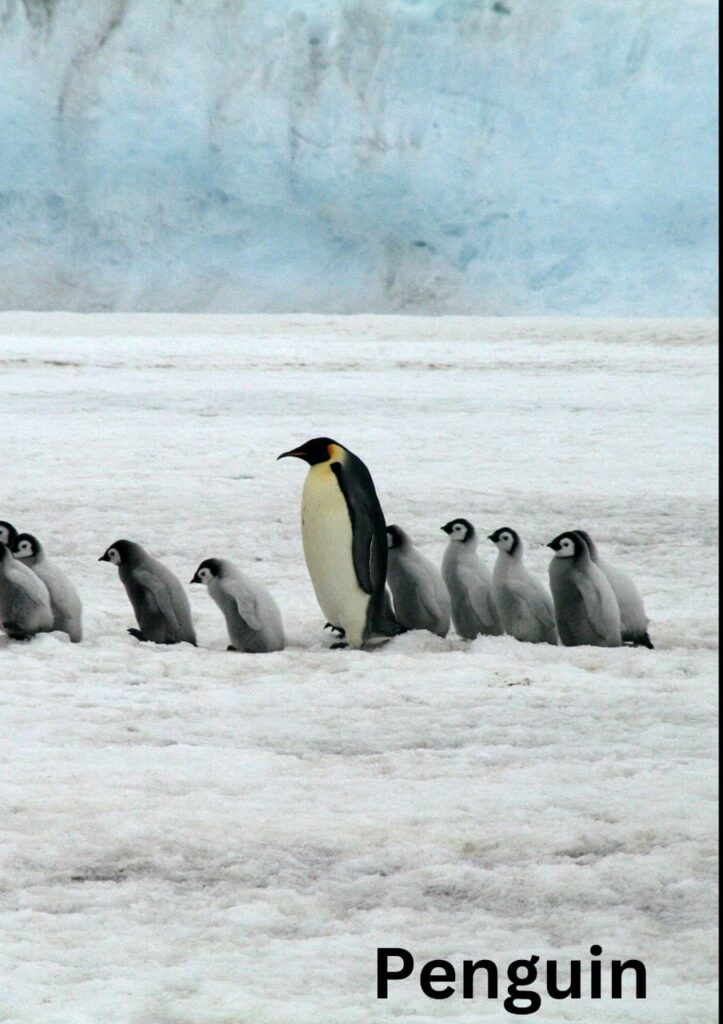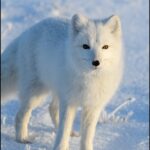Penguins are unique birds adapted to life in cold and aquatic environments. Here are some key details about them:Physical Characteristics:Flightless: Penguins cannot fly, but they are expert swimmers. Their wings have evolved into flippers, ideal for navigating underwater.Body Shape: Penguins have streamlined bodies that reduce water resistance, enabling them to swim swiftly.Size: Penguins range in size from the small Little Blue Penguin (about 30-40 cm or 12-16 inches tall) to the largest species, the Emperor Penguin (up to 1.2 meters or about 4 feet tall).Coloration: Penguins typically have a black back and white belly, which provides camouflage while swimming. The black blends with the ocean depths when viewed from above, and the white blends with the bright surface when viewed from below.Habitat:Distribution: Penguins are mainly found in the Southern Hemisphere, with the largest populations in Antarctica. Other species live in temperate regions, such as the Galápagos Penguin, found near the equator.Adaptations to Cold: Species like the Emperor Penguin are adapted to extreme cold. They have a thick layer of fat (blubber) and densely packed feathers to insulate them. Their circulation system helps minimize heat loss.Behavior:Swimming: Penguins are excellent swimmers and can reach speeds of 15–25 mph (24–40 km/h) underwater.Diving: They are capable divers, with the Emperor Penguin able to dive to depths of over 500 meters (1,640 feet) and stay underwater for up to 20 minutes.Diet: Penguins feed primarily on fish, squid, and krill. Their hunting skills make them highly efficient predators in marine environments.Breeding: Penguins often form large colonies, sometimes numbering in the thousands. Most species are monogamous, at least for a breeding season, and both parents typically share the responsibility of incubating eggs and feeding chicks.Notable Species:Emperor Penguin: The largest penguin species, known for its iconic march across the ice in Antarctica to breeding grounds.King Penguin: Slightly smaller than the Emperor and found on sub-Antarctic islands.Adélie Penguin: A small, hardy species, common along the Antarctic coast.Chinstrap Penguin: Recognizable by the thin black line under its chin, found in Antarctica and nearby islands.Gentoo Penguin: Known for its distinctive white patch above the eyes and fast swimming speed.Little Blue Penguin: The smallest species, found in New Zealand and Australia.Conservation Status:Many penguin species are vulnerable due to climate change, habitat destruction, and overfishing, which reduces their food supply. Conservation efforts focus on protecting their habitats and ensuring sustainable fishing practices in their regions.

Posted inAnimals


